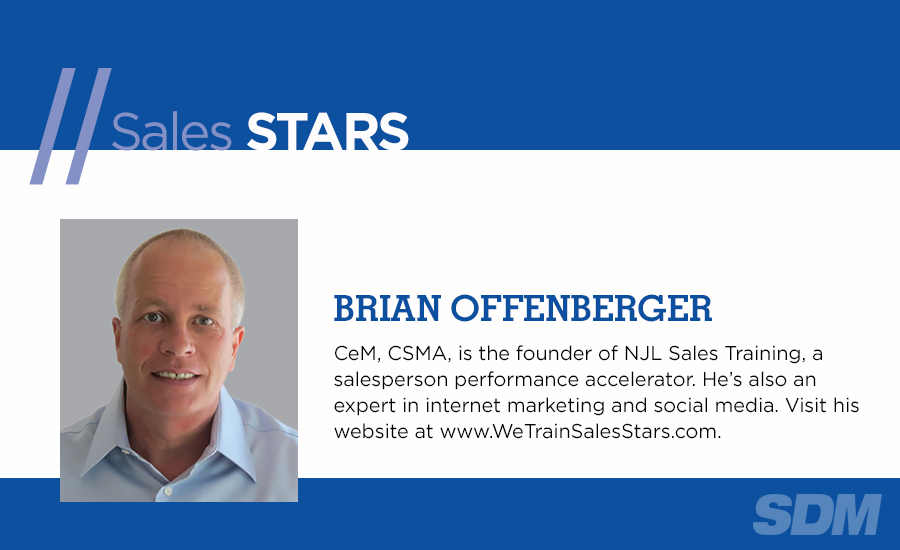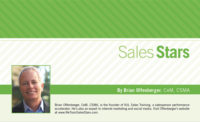A recent study published by the research division of Miller Heiman Group found that that sales forecasting isn’t very accurate in most organizations. In fact, the study concluded that “actual deals won have been less than half of those forecast to be won.”
Wow. More than 50 percent of all sales forecasts are wrong.
Missed sales forecasts can wreak havoc on your organization. When sales are less than forecast, capacity and inventory carrying costs increase. And if actual sales greatly exceed forecasts, customer failures and missed opportunities can occur.
Overwhelmingly the top barrier to accurate sales forecasting is that “salespeople are too subjective about close opportunities.” That’s a fancy way of saying that salespeople are overly optimistic about what will close and when it will happen.
Fear is the cause of this over optimism. Most salespeople don’t have enough quality deals in their funnel. And because upper management tends to look at the volume of the deals within the funnel instead of the deals themselves, salespeople inflate forecasts with poor quality opportunities to avoid being hounded by their managers.
The second big barrier to accurate forecasting is managers that fail to investigate forecasts and sales pipelines on a deal by deal basis. Sales and middle managers don’t like reporting bad news either and often fall into the trap of accepting forecasts “as is” rather than looking at opportunities closely. I also see sales management get lazy with analyzing forecasts. One company I worked with used to tell people they expected about 25 percent of a quoted funnel to close in a 30 day period. Lazy managers would simply look at the dollar value (not the projects themselves) of the funnel and the sales forecast. If the quoted backlog volume supported the forecast using a 25 percent projected close rate, the manager never investigated further. Big mistake.
Here are some tips to improve sales forecast accuracy:
1.Investigate forecasts more thoroughly: Sales managers should have a working understanding of all deals in a salesperson’s forecast. An itemized review of all accounts in the forecasted funnel should be done by the sales manager with the salesperson. With new salespeople, I recommend a weekly funnel review. With more experienced and reliable performers, every other week or every third week is fine. Don’t let it go longer than three weeks though. And for management involved in forecasting at a branch, regional or divisional level, focus on the 20 percent of your forecast that accounts for 80 percent of forecasted sales.
2.Be real: Encourage reality in forecasts, not unmerited optimism. Take off the rose colored glasses and make an accurate assessment of the situation. If a client has a million dollar project that you haven’t yet formally quoted, the likelihood of it closing within 30 days is slim to none; don’t allow it to be forecasted that way. And if a salesperson has quoted the same deal as closing seven months in a row without result, what makes you think it will close in month eight?
3.Have a clearly defined sales process: With clearly identified actions and benchmarks to move a prospect from an early stage to closed customer, it’s easier for all to forecast.
4.Use data: Practical and affordable analytical solutions allow the development of models and measurements useful in improving forecasting accuracy. Your CRM system may include them or look online for solutions that fit your unique needs.
Should you strive for 100 percent accuracy in sales forecasting? It may be possible, but is it desirable? I say no. Selling to forecast restricts risk taking. It may stifle activity in emerging markets. It leads to pursuing the “safe” only. If you only strive to achieve a target and not surpass it, you may end up with fewer sales than you should have had.


